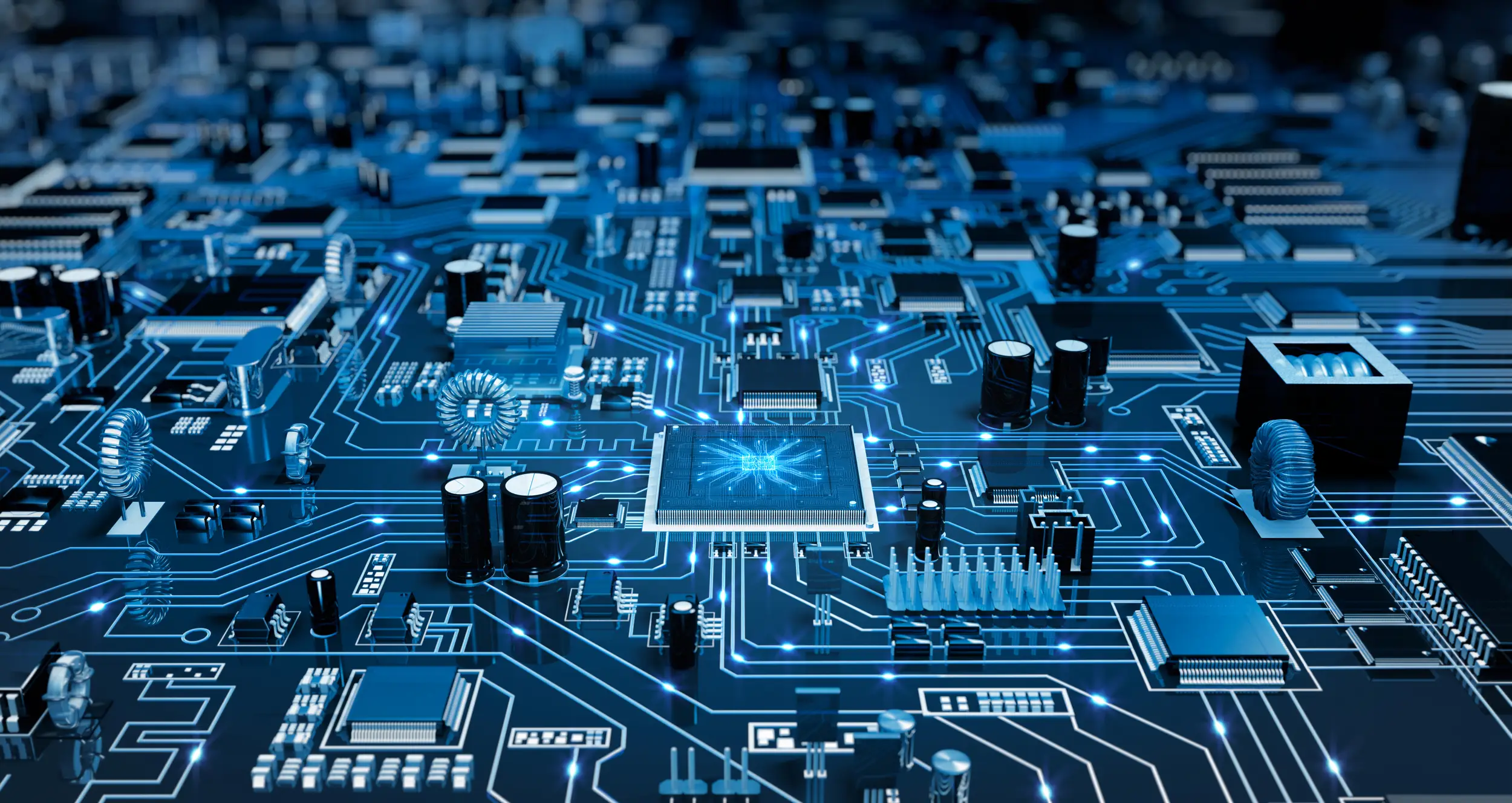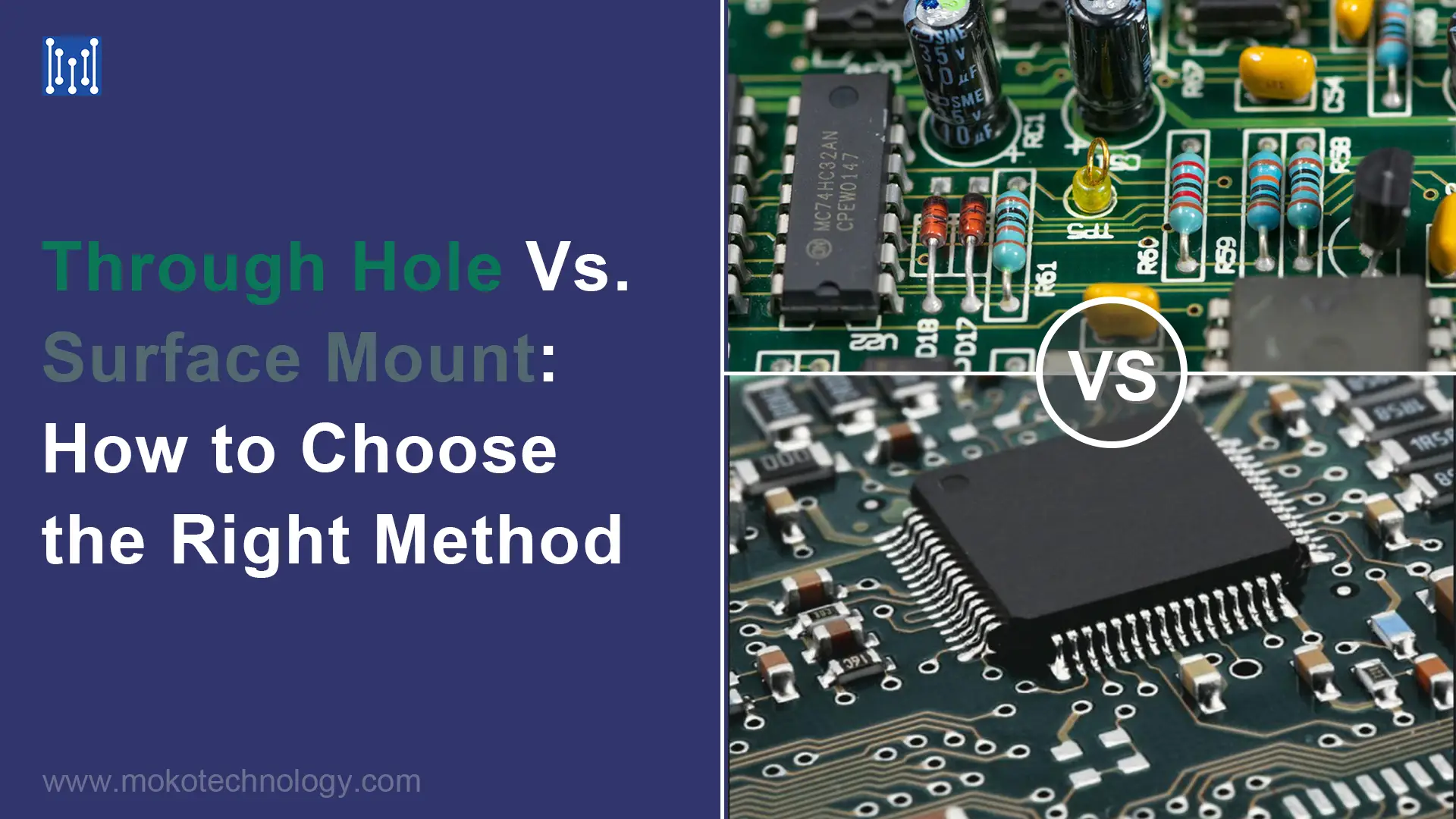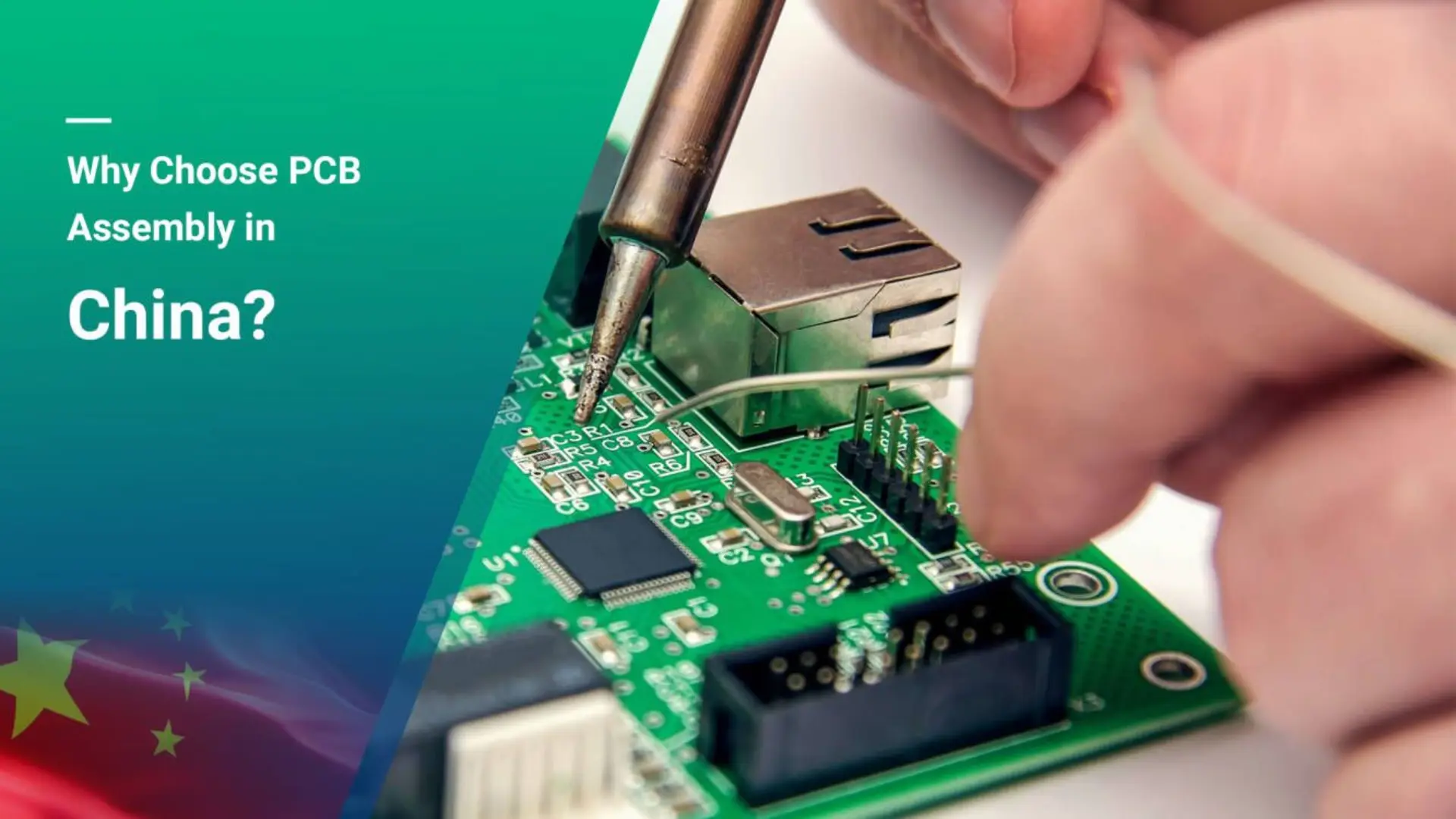While not a definitive answer, every recent (last 20 years) military and space product I’ve worked on has been built using SMT (Surface Mount Technology).
There were some exceptions for individual components, but that was more because the part was only available in the through-hole package, and not for any reliability advantage.
Sometimes, particularly for larger packages, we have applied an adhesive under the package or an epoxy to the corners. But that was only done when the structural analysis showed it was needed.
None of these applications were for what I would call extreme acceleration environments, such as a cannon-launched shell (a smart munition). But they do have to survive launch and stage separation pyrotechnical shock, and many thousands of temperature swings.
Finally, many components are just not available in through hole packages. In those cases ways are found to make them work in the given environment.
Leaded parts are always preferred where large number of temp excursions are involved. Even though it was SMT, because of the fine lead pitch, it could not be solder automatically and required a trained operator to hand solder it down.
Read More: Industrial Electronics PCB
#PCB Assembly



